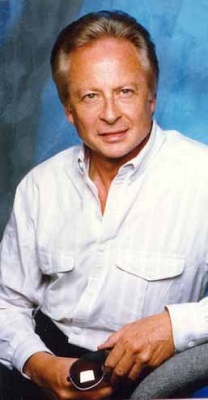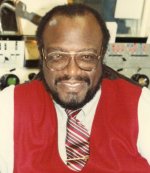Radio HOF
Davis, Rex
Rex Davis – Legacy
Rex Davis began his career in Cincinnati as Frank Zwygart (his real name), but management there awarded him the nom de air of Rex Davis, and that’s how he came to St. Louis in 1946. He was immediately thrown into action here as an aggressive newsman at KMOX.
His biggest success, in terms of ratings, came in 1974 when station manager Robert Hyland teamed Davis up with Bob Hardy for a two-person morning drive program called “Total Information AM,” a show that, during its peak, pulled a 33 average share of the listening audience.
He was the consummate newsman, felt by many listeners to be the true “Voice of St. Louis,” which was the motto associated with the station since its inception.
Davis also had a humorous side, which began to come out in 1973 with his regular appearances on the Jack Carney Show, another KMOX ratings phenomenon. Carney would regularly set up Davis, alternately giving him the punch lines or making him the target of jokes. Listeners responded with delight, hearing their authoritative newsman as a human being.
Rex Davis retired from KMOX in 1981.

